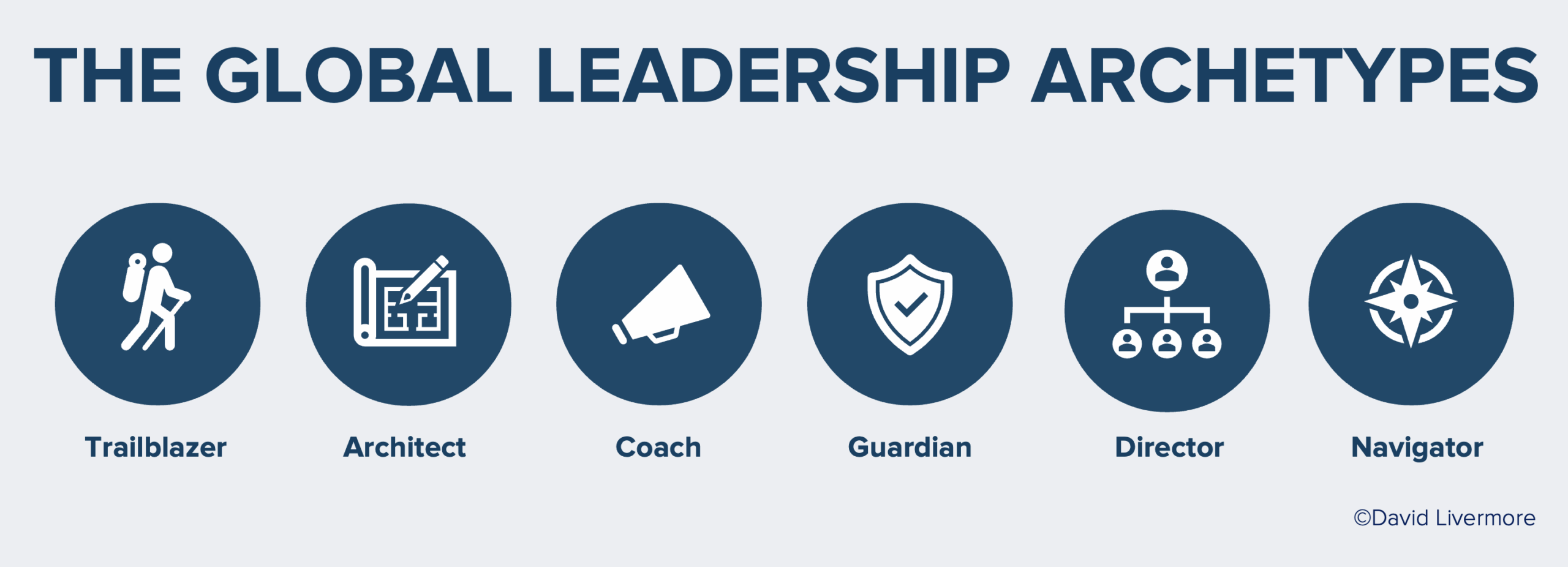
Cultural intelligence, or CQ, is a stronger predicter of leadership success in diverse, complex environments than IQ, EQ or lived experience. But where should leaders begin in developing their cultural intelligence?
First, we need to understand that cultural intelligence is more than just a catchy term for intercultural communication and global competence. It’s an evidence-based form of intelligence that includes four capabilities: CQ Drive (motivation), CQ Knowledge (cognition), CQ Strategy (meta-cognition), and CQ Action (behavior). Each capability includes specific sub-dimensions, each of which has varying degrees of relevance for the situations facing a leader.
The new edition of Leading with Cultural Intelligence includes four checklists to pinpoint the specific dimensions of CQ that will most effectively address your immediate challenges. In this month’s CQ Insights article, I’ve included excerpts from these checklists to help you identify which part of cultural intelligence has the most relevance for you right now.
CQ Drive: Interest, Confidence, and Perseverance
Successfully leading in a diverse, global environment often has less to do with a lack of information and more to do with curiosity, inquisitiveness, and motivation. CQ Drive is your interest and confidence for effectively navigating culturally complex situations. CQ Drive is not static; it fluctuates based on a variety of internal and external factors. It’s helpful to identify which motivational factor will best address the situations currently facing you.
There are three sub-dimensions of CQ Drive: intrinsic interest, extrinsic interest, and self-efficacy. Intrinsic interest reflects your openness, curiosity, and internal interest in cultural differences and their relevance to a situation. Extrinsic interest is the motivation that comes from weighing the external benefits from effectively navigating culture, whether that be succeeding at your overall objective or gaining fresh perspectives on a complicated situation. Finally, self-efficacy is the confidence you have in your ability to navigate and lead diverse groups effectively, something that can vary based on other circumstances in your life as well as your previous successes and failures leading in diverse situations.
Use this checklist to help you decide which one of these dimensions of CQ Drive is most relevant for you right now:
CQ Drive Checklist
| When you feel unmotivated to address the challenges of leading diverse groups, identify which dimension of CQ Drive will help you most given your current state and circumstances: |
|---|
| Drawing on the internal satisfaction, value, and commitment you have for including everyone and learning from diverse perspectives (intrinsic) |
| Considering the external benefits diversity provides you, your team, and the organizational mission (extrinsic) |
| Feeling more confident in your ability to be effective leading diverse groups (self-efficacy) |
By focusing on one of these sources of motivation, you can improve your overall effectiveness as a leader.
CQ Knowledge: Understanding Norms and Differences
While motivation is crucial, leaders also need a working understanding of cultural norms and their relevance in a particular situation. CQ Knowledge refers to a leader’s understanding of key cultural differences, and it includes two sub-dimensions: cultural-general knowledge and context-specific knowledge.
Cultural-general knowledge is the broad understanding of cultural systems, values, and language differences. It’s less important to learn all the ins and outs of specific cultures and more valuable to understand how culture influences things like family dynamics, education, economics, and communication. Context-specific understanding can include a variety of different knowledge domains but one area that is particularly relevant for leaders is understanding how leadership itself varies across different cultural settings. It’s critical to learn the differences in what followers want when it comes to things like recognition, decision-making, and collaboration. Consider the following:
CQ Knowledge Checklist
| When you feel inadequately informed about what’s going on in a culturally diverse situation, identify what dimension of CQ Knowledge will help you most given the situation |
|---|
| Understanding the historical and geopolitical context and its impact on family, economics, education, etc. (cultural general: cultural systems) |
| Learning appropriate language to promote inclusion, understanding, and effectiveness (culture general: socio-linguistics) |
| Learning the underlying values that explain an individual’s source of motivation and work preferences (culture general: cultural values) |
| Understanding varying leadership styles (context-specific: leadership) |
With the abundance of information available today, it’s critical to identify what knowledge will be most relevant and helpful to help you lead effectively.
CQ Strategy: Awareness and Planning
CQ Strategy is what makes the difference in whether your motivation (CQ Drive) and understanding (CQ Knowledge) has any tangible benefit. With knowledge alone, there can be a tendency to over-apply cultural norms about large groups of people rather than taking a more sophisticated approach to discern what’s going on with specific individuals in a particular situation. With CQ Strategy, leaders are equipped to weigh myriad factors occurring including the organizational context, power differences, political and cultural influences, and interpersonal dynamics.
The three sub-dimensions of CQ Strategy—planning, awareness, and checking—help leaders develop this critical capability. Planning involves anticipating how to approach a situation based on the cultural dynamics involved. Awareness is the ability to pick up on cues in the midst of the situation, including body language, tone of voice, or indirect communication. And checking is the ability to reflect on the interaction afterward, assessing what went well and what could be improved.
Consider which dimension of CQ Strategy is most relevant for you right now:
CQ Strategy Checklist
| When you feel inadequately prepared for an upcoming engagement with individuals from different backgrounds, identify which dimension of CQ Strategy will help you best prepare. |
|---|
| Accurately forecasting what will happen given the context and cultures (planning) |
| Picking up on cues in the midst of the interaction/s (awareness) |
| Taking time to reflect on what happened to develop next steps (check) |
Identifying the most relevant dimension of CQ Strategy will help you think critically and dynamically rather than resorting to oversimplified cultural assumptions.
CQ Action: Flexibility
The final, and arguably most crucial capability for leaders is CQ Action. It’s the extent to which one can adapt their behavior in real-time based on the situation, people, and context. It’s threading the line between adaptability without compromising one’s self or coming off as fake.
CQ Action is divided into three sub-dimensions: speech acts, verbal behavior, and nonverbal behavior. Speech acts are the adjustments you make in the language you use based on the context. Verbal behavior refers to adapting the actual tone, volume, or pace of speech used. And nonverbal behavior is various forms of body language, including eye contact, gestures, and even where to sit when joining a group meeting. Consider the following:
CQ Action Checklist
| When you need to adjust how you lead in a culturally complex situation, consider which dimension of CQ Action can help you do so best: |
|---|
| Adjusting your words to reduce exclusion, confusion, or misunderstanding (speech acts) |
| Modifying how you communicate verbally including your speed, accent, or volume (verbal) |
| Adapting how you communicate nonverbally including eye contact, gestures, touch, etc. (nonverbal) |
The best way to develop each dimension of CQ Action is through practice. Film yourself or ask a partner to let you practice different communication styles with them.
Becoming a culturally intelligent leader demands more than good intentions or cultural awareness. It’s a skill that must be developed through focused, intentional effort on the specific capabilities that have the most relevance for you. By leveraging the four CQ capabilities and their sub-dimensions, leaders can take deliberate steps to grow their cultural intelligence and apply it effectively to their immediate challenges.
**Checklists adapted from the newly released third edition of Leading with Cultural Intelligence, where you will also find strategies for improving and applying each of these dimensions of CQ.



